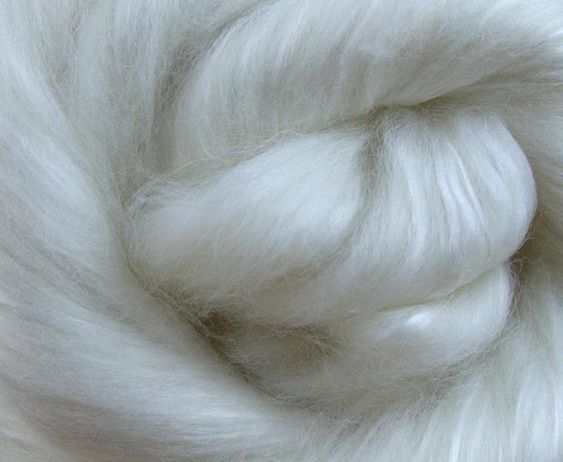SUSTAINABILITY

We are driven to improve the production of Cashmere goods, and that means
protecting our planet and making sustainable choices for our future world. Since
launching in 2019, we have sourced the best Cashmere yarns to ensure designs
of the highest quality, as well as producing in limited quantities to reduce excess.
Having a positive impact on the environment is paramount to us, and we have
sought our materials and packaging from companies who share our values around
ethics and sustainability. Furthermore, our yarn suppliers are part of the
SFA, the Sustainable Fibre Alliance.
The Sustainable Fibre Alliance is a global multi-stakeholder initiative with a
mission to ensure the long-term viability of the cashmere sector.They promote
the SFA Cashmere Standard to encourage the adoption of responsible production
practices that minimise environmental impact, safeguard herder livelihoods and
meet high animal welfare standards
ANIMAL WELFARE

The SFA recognises that maintaining animal health and well-being is crucial to
cashmere producers’ way of life and future
prosperity. Our Animal Husbandry Code of Practice helps to
monitor and improve welfare practices of Mongolia’s nomadic herders, while our
new joint code of practice with ICCAW will target farm-based cashmere
production in Inner Mongolia.
Both codes of practice are based on the internationally recognised Five Freedoms
of animal welfare:
+Freedom from thirst and hunger
+Freedom from discomfort
+Freedom from pain, injury, and disease
+Freedom to express most normal behaviour
+Freedom from fear and distress

ENVIROMENT

How are we protecting rangelands?
The SFA’s Rangeland Stewardship Code of Practice ensures
that rangelands are managed in a way that minimises the risk of pasture
degradation and protects wildlife. This is done by promoting collective
action and a return to traditional land management practices by herding
communities. The code of practice is based on each herding community
coming up with a rangeland management plan to improve pasture condition
and conserve native wildlife. The plan must state clear boundaries for communal
grazing and identify areas for reserve pasture.
+The herding plan states the clear boundaries for herding
+Herders assess their grazing area.
+Herders identify rotational grazing movements
to avoid overgrazing.
+Herders identify areas for wildlife protection
and habitat restoration.
BEST QUALITY CASHMERE
FROM ORGANIC PASTURES

D/Luca scarves start with goats grazing on organic pastures
of Inner Mongolia. We use white cashmere which has the finest threads and the
softest property and is considered one of the best kinds of cashmere.
Our certified sustainable fiber is collected from the goats by combing the goat
during the spring when the fiber starts to shed off of the goat. De-hairing the fiber
to get the soft hairs is sorted by hand and one factor that contributes to the
relatively low global production rate of cashmere -
approximately 6,500 metric tons of pure cashmere
annually, as opposed to 2 million metric tons of sheep’s wool.
Value and cherish this fine superb quality.

TRADITION & TECHNOLOGY

Our Partners in Inner Mongolia are located in the secluded
countryside that borders the banks of the Yangtze River. We proud ourselves and
identify with the company’s traditionally strict dedication
to production quality including the natural form of cashmere
with sustainable and certified yarns by the SFA, (The Sustainable
Fiber Alliance),combined with the use of the latest technology.
That technologically innovative mindset is the enabler for
producing the new generation of D/Luca scarves.

